Year 4
The proficiency strands understanding, fluency, problem-solving and reasoning are an integral part of mathematics content across the three content strands: number and algebra, measurement and geometry, and statistics and probability. The proficiencies reinforce the significance of working mathematically within the content and describe how the content is explored or developed. They provide the language to build in the developmental aspects of the learning of mathematics. The achievement standards reflect the content and encompass the proficiencies.
At this year level:
- understanding includes making connections between representations of numbers, partitioning and combining numbers flexibly, extending place value to decimals, using appropriate language to communicate times and describing properties of symmetrical shapes
- fluency includes recalling multiplication tables, communicating sequences of simple fractions, using instruments to measure accurately, creating patterns with shapes and their transformations and collecting and recording data
- problem-solving includes formulating, modelling and recording authentic situations involving operations, comparing large numbers with each other, comparing time durations and using properties of numbers to continue patterns
- reasoning includes using generalising from number properties and results of calculations, deriving strategies for unfamiliar multiplication and division tasks, comparing angles, communicating information using graphical displays and evaluating the appropriateness of different displays.
(source: www.australiancurriculum.edu.au)
Achievement Standard
By the end of Year 4, students choose appropriate strategies for calculations involving multiplication and division. They recognise common equivalent fractions in familiar contexts and make connections between fraction and decimal notations up to two decimal places. Students solve simple purchasing problems. They identify and explain strategies for finding unknown quantities in number sentences. They describe number patterns resulting from multiplication. Students compare areas of regular and irregular shapes using informal units. They solve problems involving time duration. They interpret information contained in maps. Students identify dependent and independent events. They describe different methods for data collection and representation, and evaluate their effectiveness.
Students use the properties of odd and even numbers. They recall multiplication facts to 10 x 10 and related division facts. Students locate familiar fractions on a number line. They continue number sequences involving multiples of single digit numbers. Students use scaled instruments to measure temperatures, lengths, shapes and objects. They convert between units of time. Students create symmetrical shapes and patterns. They classify angles in relation to a right angle. Students list the probabilities of everyday events. They construct data displays from given or collected data.
(source: www.australiancurriculum.edu.au)
- Plus Plan
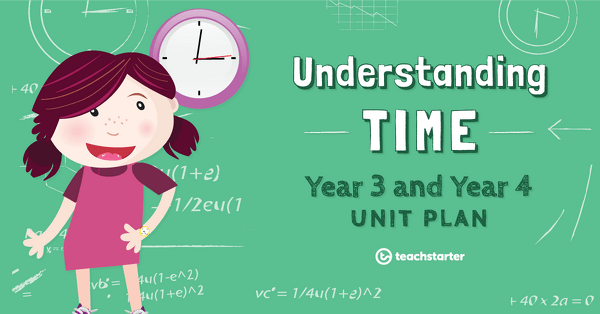
Times Like These
A 60 minute lesson in which students will understand the differences between analogue and digital time displays.
- Plus Plan
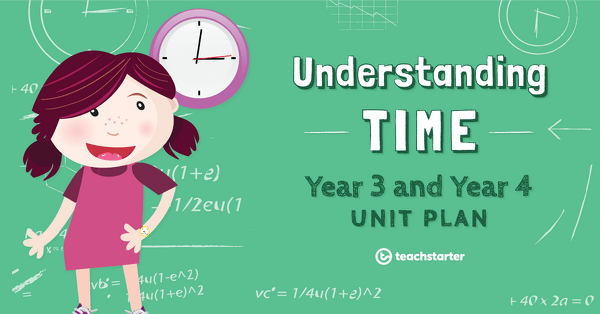
Remember the Time
A 60 minute lesson in which students will tell the time using analogue and digital time displays.
- Plus Plan
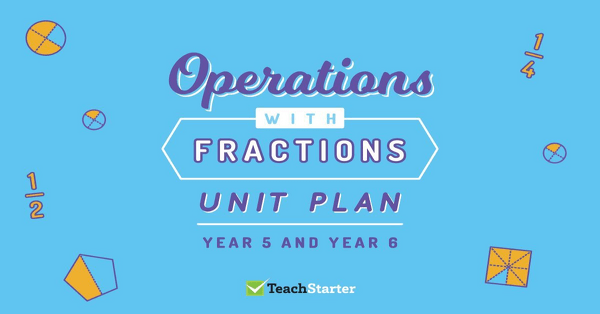
Operations with Fractions Assessment - Year 5 and Year 6
An assessment task in which students will demonstrate an understanding of operations involving fractions.
- Plus Plan
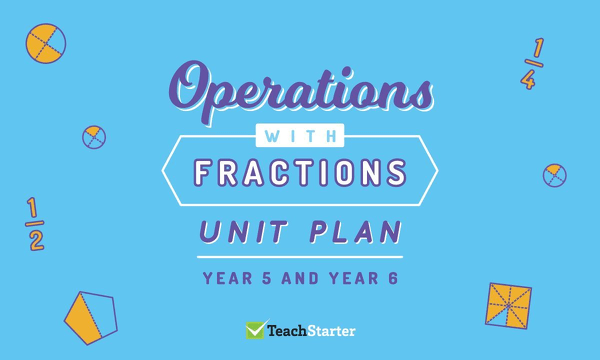
Improper Fractions and Mixed Numerals
A 60 minute lesson in which students will convert between improper fractions and mixed numerals.
- Plus Plan
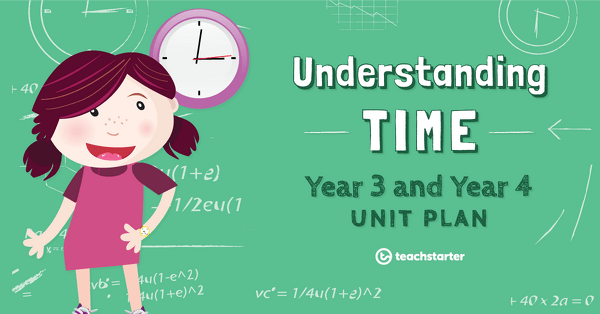
The Test of Time
A 60 minute assessment in which students will demonstrate their knowledge and understanding of time.
- Plus Plan

Time After Time
A 60 minute lesson in which students will understand am and pm notation and calculate elapsed time.
- Plus Plan
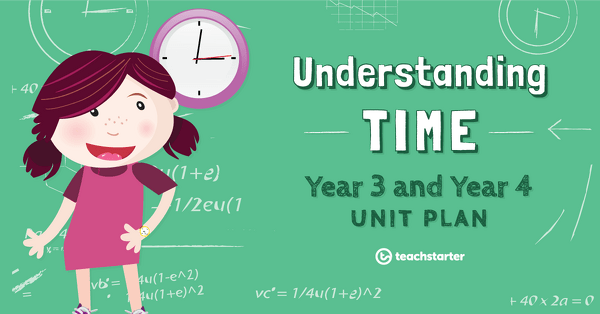
A Moment in Time
A 60 minute lesson in which students will explore units of time and how to convert between them.
- Plus Plan

2D or Not 2D?
- Plus Plan
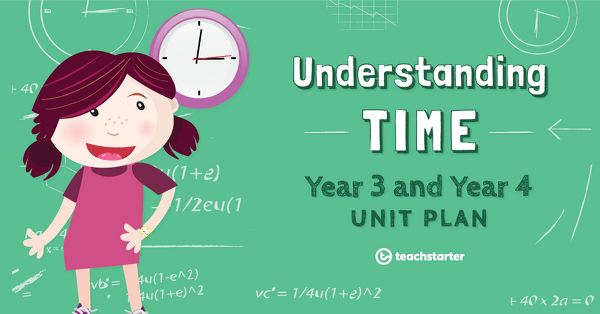
Do You Have the Time?
A 60 minute lesson in which students will refine and consolidate their knowledge of time conversions.
- Plus Plan
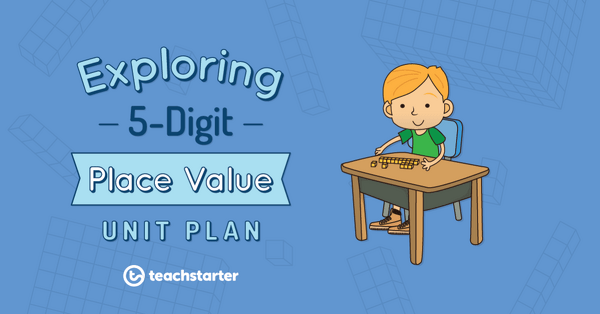
Multiplying and Dividing by 10 and 100
A 60 minute lesson in which students will multiply and divide larger numbers by 10 and 100.
- Plus Plan
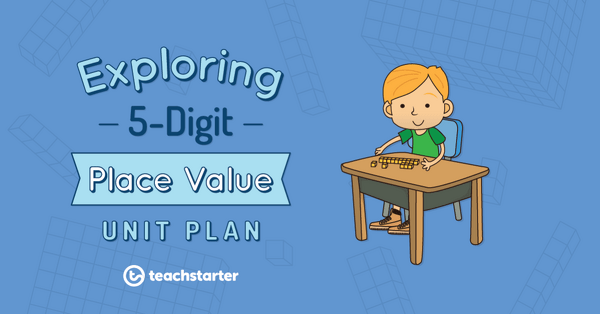
Exploring 5-Digit Place Value Unit Plan
This Mathematics unit addresses a range of place value concepts involving 5-digit numbers.
- Plus Plan

Rounding Numbers to 10, 100 and 1000
A 60 minute lesson in which students will round 5-digit numbers to the nearest 10, 100 and 1000.
- Plus Plan
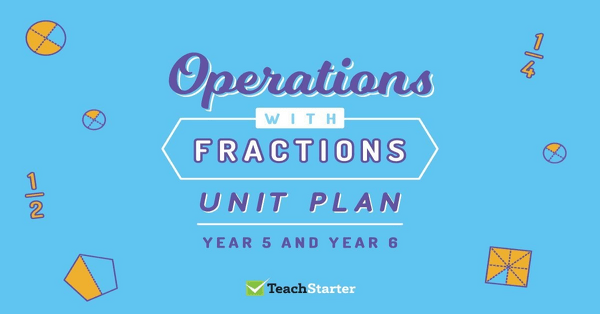
Understanding Equivalence
A 60 minute lesson in which students will identify and explore equivalent fractions.
- Plus Plan
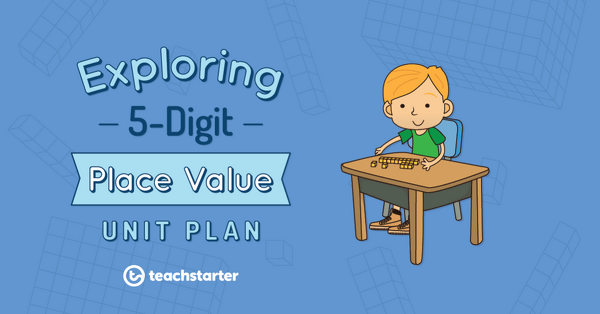
Expanding Numbers Beyond 10 000
A 60 minute lesson in which students will investigate how place value can be used to expand numbers.
- Plus Plan
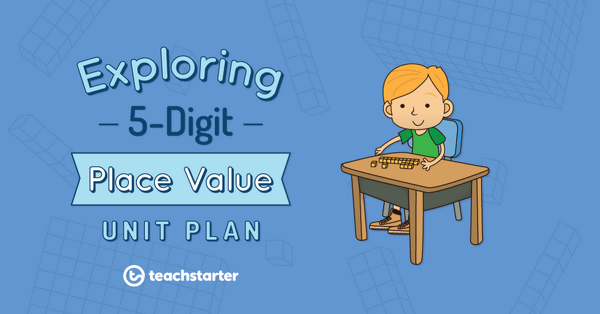
Partitioning Numbers Beyond 10 000
A 60 minute lesson in which students will investigate how place value can be used to partition numbers into smaller parts.
- Plus Plan
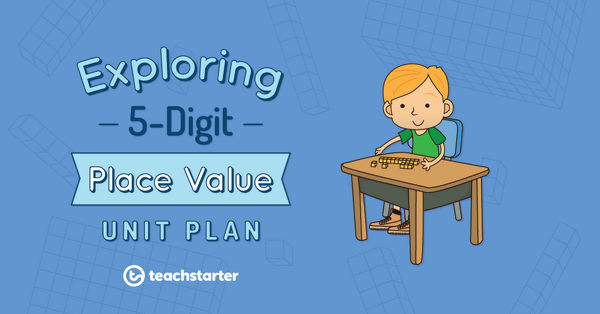
Exploring 5-Digit Place Value
A 60 minute lesson in which students will further explore place value in the tens of thousands.
- Plus Plan
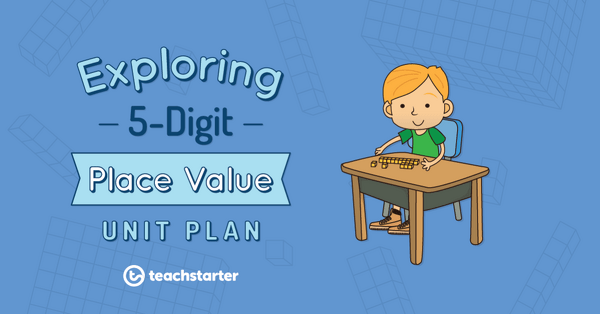
Beyond 10 000
- Plus Plan
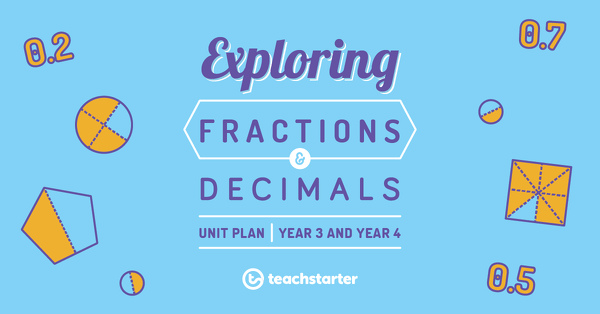
Counting By Fractions
A 60 minute lesson in which students will count by common unit fractions and mixed numerals.
- Plus Plan
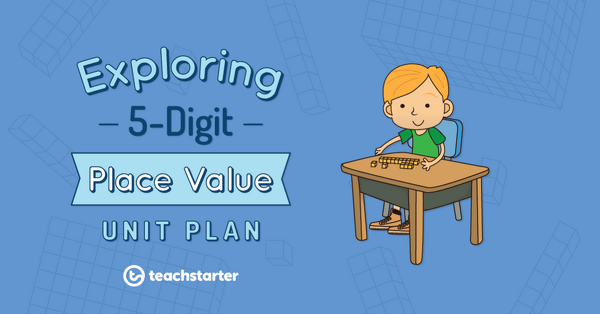
Exploring 5-Digit Place Value - Assessment
An assessment task in which students will demonstrate an understanding of place value in the tens of thousands.
- Plus Plan
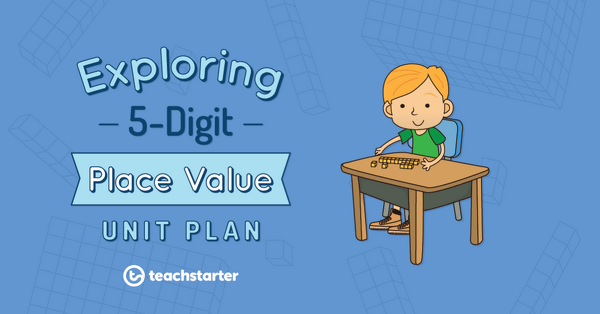
Comparing and Ordering Beyond 10 000
A 60 minute lesson in which students will compare and order 5-digit numbers.
- Plus Plan

Reducing Fractions to Lowest Terms
A 60 minute lesson in which students will learn to reduce fractions to their lowest terms.